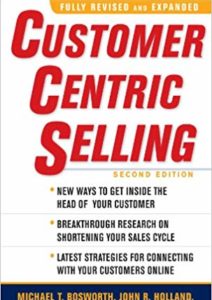Economist Fredmund Malik said, “Results should give pleasure.” People often get distracted or confused in certain selling activities. Top performers seem to have a sixth sense about when buyers or committees aren’t going to buy and will remove them from their pipelines. B and C Players, on the other hand, get excited just because prospects are willing to talk or have a meeting with them.
In my mind progress in determining if opportunities are qualified should be measured with buyer actions. Mediocre sellers are delighted to receive a blind RFP’s inviting them to bid. Better salespeople realize RFP’s are likely to have been wired by other vendors and realize that if they are unable to influence the requirements they in all likelihood have about a 5% chance of winning the business. In this case, A Players will contact the person overseeing the RFP to request access to 2 or 3 likely titles that would be involved in making the decision. If access is refused, the best course of action may be to send a written response saying that without understanding the business issues it would be impossible to make a professional response, so the seller respectfully does not bid the RFP.
Another example of activity is having several calls with lower level staff that cannot buy. B & C Players will expend resources, provide pricing or even submit written proposals without gaining access to higher levels. Fairly early on in the process, if a prospect requests a demo the seller can offer a quid pro quo such as: You had indicated that (higher level title) would have to approve budget. If you like what you see in the demonstration would you be willing to schedule a meeting with him/her?
While there are many examples of activity vs. progress, I’ll leave you with what I feel is one of the most important buyer actions. This applies not only to direct contact sellers have with prospects. It’s also relevant while nurturing website visitors and is based upon the first core concept of CCS®: No goal, no prospect. The question comes in two variations based upon the level of the prospect:
- Ask Key Players: What are you hoping to accomplish with (the offering)?
- Ask non-Key Players: What is your organization hoping to accomplish with (the offering)?
Having prospects share a goal or problem they’re willing to spend money to achieve or address starts buying cycles and is the start of helping a buying committee see the potential value of offerings. With absent shared desired business outcomes, how likely is it that prospects will ultimately spend money?
These and other buyer actions are sanity checks for sellers and their managers to try to ensure opportunities are worth a seller’s time, effort and resources.





